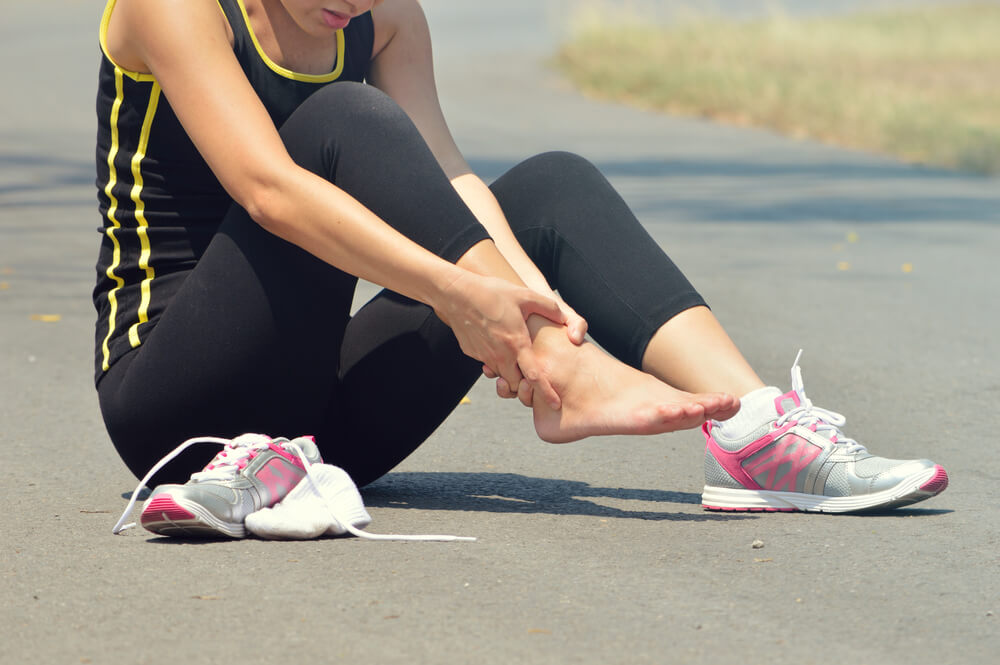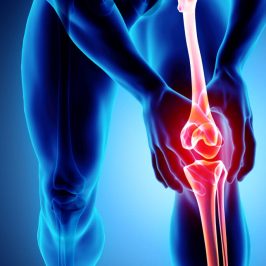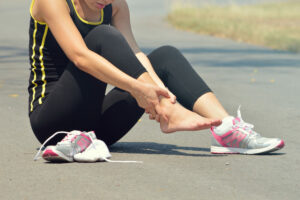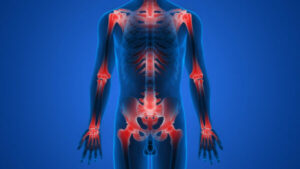Injuries to the lower body during the practice of certain sports, such as soccer, volleyball and basketball, to name just a few, are common things. Among the most common is the lateral ankle sprain. This type of injury can also happen during the daily living, following a false-step. Depending on the severity of the injury, it is recommended that you see a physiotherapist.
WHAT IS A LATERAL SPRAIN OF THE ANKLE?
The lateral sprain of the ankle is a stretch of one or more ligaments located on the external side of the ankle joint. These ligaments have the function of increasing the stability of the bones together. The severity of the sprain can range from a simple elongation (grade 1) to a partial tear (grade 2) and in some cases a complete tear (grade 3).
The wait before returning to sport and/or unrestricted work can range from 2-4 weeks for an elongation and 6-8 weeks for partial or full ligament tear. The time will vary depending on the severity of the injury, the work environment and the type of sport practiced by the patient, but also the active involvement in the rehabilitation of the optimal ankle function.
PHYSIOTHERAPY FOR A LATERAL ANKLE SPRAIN
The management of physiotherapy for a lateral sprain of the ankle will include:
- The prescription of exercises adapted to the condition of the patient, in order to retrieve quickly the neuromuscular activation and the proprioception (equilibrium reaction).
- Manual therapy to allow the patient to improve the dorsiflexion of his ankle and to reduce the pain.
- Advice on the needs of technical aids for walking (cane, crutches, etc.) and rigid or semi-rigid support of the ankle.
- A timetable for the progression of the exercises and activities necessary to achieve the various rehabilitation objectives.
The combination of all these interventions will help to regain optimum strength, improve stability, reduce the risk of recurrence and return to work and sport as soon as possible.
Source: Diagnosis, treatment and prevention of ankle sprains: update of an evidence-based clinical guideline. de Vuurberg G, Hoorntje A, Wink LM, van der Doelen BFW, van den Bekerom MP, Dekker R, van Dijk CN, Krips R, Loogman MCM, Ridderikhof ML, Smithuis FF, Stufkens SAS, Verhagen EALM, de Bie RA, Kerkhoffs GMMJArticle 2018 Source: British journal of sports medicine 2018 Aug; 52(15): 956




